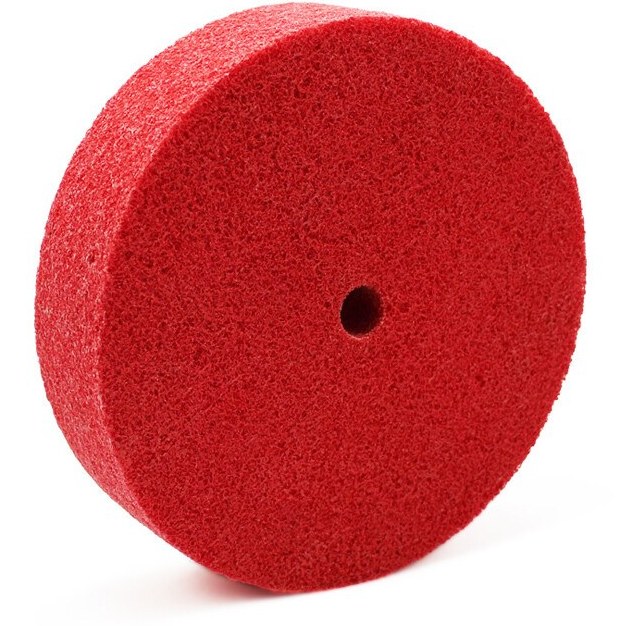
Fibre discs are essential abrasive tools used in various industries for tasks such as grinding, blending, finishing, and deburring. They are commonly used on metals, wood, and other materials, providing efficient material removal and surface preparation. Understanding their construction, applications, and proper usage is crucial for achieving optimal results and ensuring safety.

A fibre disc is an abrasive disc constructed with a rigid backing made of vulcanized fibre. This fibre backing provides support and durability, allowing the disc to withstand the high speeds and pressures involved in grinding and finishing operations. They are typically used with a backing pad attached to an angle grinder or other rotary tool. The combination of the abrasive material and the sturdy backing make them effective for aggressive material removal and surface conditioning. If you are interested in learning more about abrasive tools, consider investigating سنباده رولی.
Fibre discs generally consist of the following components:

The quality of each component significantly impacts the disc's performance and lifespan. Quality materials allow the disc to last significantly longer and perform well. Fibre discs should be stored in a cool, dry environment to ensure its longevity.
Various types of abrasives are used in fibre discs, each suited for specific materials and applications:
The backing material of a fibre disc is typically made of vulcanized fibre. Vulcanized fibre is a tough, resilient material created by treating layers of paper with zinc chloride or sulfuric acid. This process creates a dense, hard backing able to withstand the heat and pressure of grinding. The thickness and quality of the fibre backing influence the disc's durability and resistance to tearing and edge wear.
Fibre discs are available in a variety of sizes and grit grades to accommodate different grinding and finishing needs. Common sizes include 4.5 inch, 5 inch, and 7 inch diameters. Grit grades range from coarse (e.g., 36 grit) for aggressive material removal to fine (e.g., 120 grit) for blending and finishing.

The appropriate grit grade depends on the material being worked on and the desired finish. Always start with a coarser grit for rapid material removal and then move to finer grits for surface refinement. If you are involved in finishing work, visit پولیش تهران to see how we can help you.
Fibre discs are used in a wide range of applications, including:
Fibre discs offer several advantages over other abrasive tools:
When considering abrasive solutions, think about how پرداخت کاری can enhance the final product.
Despite numerous advantages, fibre discs also have some limitations:
Follow these steps to use fibre discs safely and effectively:

Safety should always be a top priority when working with fibre discs. Here are some essential safety precautions:
Selecting the right fibre disc is crucial for achieving the best results. Consider the following factors:
The right disc helps to ensure quality work. If there are some issues, consider پرداخت کاری, they can make the surface smooth and even.
Proper storage and maintenance can extend the life of fibre discs and maintain their performance:
Here are some common problems encountered when using fibre discs and how to troubleshoot them:
While fibre discs are versatile abrasive tools, there are alternatives that may be more suitable for certain applications:
Ultimately, the best choice depends on the specific requirements of the task, material being worked on, and the desired finish.
If you are interested in learning more about these tools and systems like سنباده رولی, visit polishtehran.ir.


